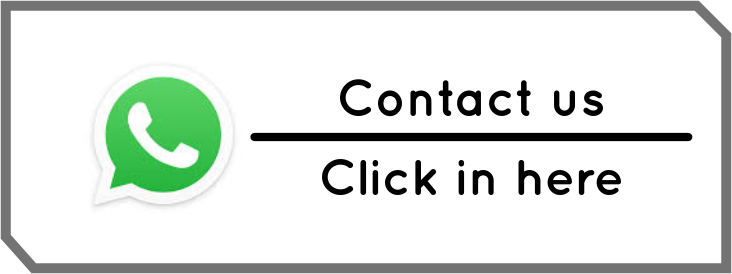Lesi Medulla Spinalis
DOI:
https://doi.org/10.57214/jka.v7i1.257Keywords:
Spinal cord injury, paraplegia, therapy.Abstract
Spinal cord injury is one of the main causes of neurological disability due to trauma. The most common cause of spinal cord trauma is due to traffic accidents, etc. Spinal cord trauma itself is classified into complete spinal cord trauma and incomplete spinal cord trauma. While the most common symptoms of spinal cord trauma are acute pain in the back of the neck, paraplegia, total motor sensory paralysis, loss of bladder control (urine retention, bladder distention), decreased sweating and vasomotor tone, decreased respiratory function, respiratory failure. Treatment of spinal cord injuries is primarily aimed at improving and maintaining sensory and motor function. Operative therapy is not recommended unless the patient has an indication for surgery. Incomplete spinal cord injuries tend to have a better prognosis than complete spinal cord injuries.
References
York JE. Approach to The Patient with Acute Nervous System Trauma, Best Practice of Medicine, September 2000
Schreiber D. Spinal Cord Inuries, eMedicine Journal, April, 2002
Sidharta P, Mardjono M, Neurologi Klinis Dasar, Dian Rakyat, Jakarta, 1981
Guyton, Arthur, C. Hall, John, E. Buku Ajar Fisiologi Kedokteran. Edisi 9. Jakarta : EGC; 1997.
Adams RD, Victor M, Ropper AH. Disease of Spinal Cord in Principles of Neurology, 7th ed. McGraw-Hill, New York, 2001.
Alpert MJ. Central Cord Syndrome. eMedicine Journal 2001; 2
Hurlbert RJ. Methylprednisolone for Acute Spinal Cord Injury: An Inappropriate Standard of Care. J Neurosurg (Spine). 2000;93: 1-7
Braken MB. Steroid For Acute Spinal Cord Injury (Cochrane Review): Cochrane Library, Issue 3, 2002
http://www.nutritionalsupplementproduct.com/1381/spinal-cord-injury/
http://www.maitriseorthop.com/corpusmaitri/orthopaedic/102_duquennoy/pec_trauma_med_us.shtml








